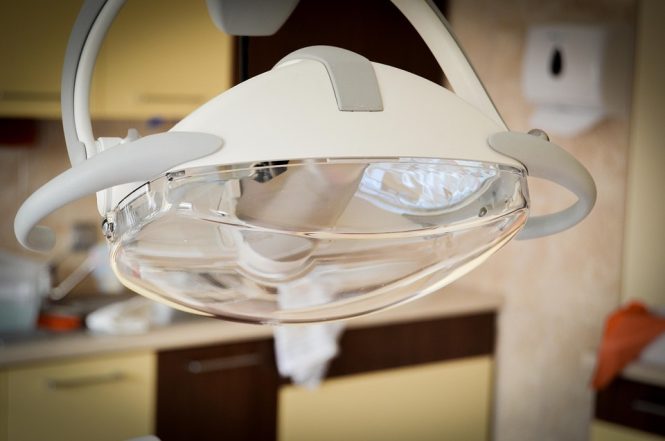
Leaky Roof Got You Down? Here’s How to Fix it for Good
A leaky roof can be a frustrating and stressful problem to deal with, especially when it’s raining outside and water is dripping into your home. Not only can it cause damage to your ceilings, walls, and floors, but it can also lead to mold and mildew growth, which can be hazardous to your health. If you’re tired of dealing with a leaky roof, don’t worry, we’ve got you covered. In this article, we’ll provide you with a step-by-step guide on how to fix a leaky roof for good.
Identify the Source of the Leak
Before you start repairing your roof, it’s essential to identify the source of the leak. Look for signs of water damage, such as water stains, warping, or discoloration on your ceilings and walls. Check your roof for missing, loose, or damaged shingles, and inspect your gutters and downspouts for blockages or damage. You can also use a garden hose to simulate rainfall and observe where the water is coming from.
Gather Materials and Tools
To fix a leaky roof, you’ll need the following materials and tools:
- Roofing cement
- Roofing nails
- Shingles (matching the ones on your roof)
- Flashing (for around chimneys, vents, and skylights)
- Gutter and downspout repair materials (if necessary)
- Safety gear (ladder, harness, gloves, etc.)
Repairing a Leaky Roof: Step-by-Step Guide
- Clean the Area: Before starting repairs, clean the area around the leak to remove any debris or dirt.
- Remove Damaged Shingles: Carefully remove the damaged or missing shingles, taking note of the surrounding shingles to ensure you don’t damage them.
- Apply Roofing Cement: Apply a generous amount of roofing cement to the exposed area, spreading it evenly with a putty knife.
- Install New Shingles: Install new shingles, starting from the bottom and working your way up. Ensure they are securely fastened with roofing nails.
- Seal Gaps and Cracks: Use roofing cement to seal any gaps or cracks around chimneys, vents, and skylights.
- Inspect and Repair Gutters and Downspouts: Inspect your gutters and downspouts for blockages or damage. Clean or replace them as needed to ensure proper water flow.
- Final Inspection: Once repairs are complete, inspect your roof to ensure there are no remaining leaks or issues.
Preventing Future Leaks
To prevent future leaks, consider the following:
- Regular Maintenance: Regularly inspect your roof for damaged or missing shingles, and clean your gutters and downspouts.
- Tree Trimming: Keep trees and branches trimmed to prevent damage from falling debris.
- Roof Coating: Apply a roof coating to protect your roof from the elements and extend its lifespan.
- Professional Inspection: Consider hiring a professional roofer to inspect your roof every few years to catch any potential issues before they become major problems.
Conclusion
A leaky roof can be a stressful and frustrating problem, but with the right materials and tools, you can fix it for good. By following the steps outlined in this article, you’ll be able to identify the source of the leak, repair the damage, and prevent future leaks. Remember to always prioritize your safety when working on your roof, and don’t hesitate to seek professional help if you’re unsure or uncomfortable with the repairs. With a little effort and patience, you can enjoy a leak-free roof and a peaceful mind.